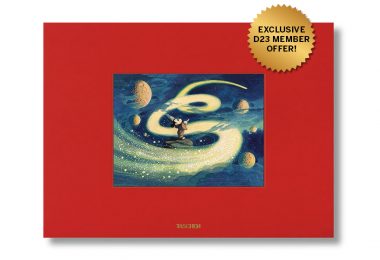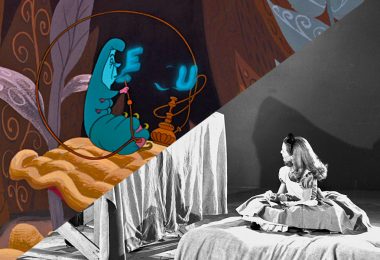Celebrate some of the most legendary artists behind classic Disney animated films with this year’s D23 Member Gift.
By Greg Ehrbar
The first “nine old men” were Supreme Court justices—all more than 90 years old—who were trying to block President Franklin Roosevelt’s “New Deal” in the mid-1930s. When Walt Disney selected his first-string supervising animators, he was doing a wry nod to the headlines when he dubbed these then-young artists his “Nine Old Men.” While it’s hard to remember the those nine justices, the work of the nine Disney Legends continues to enchant the world…
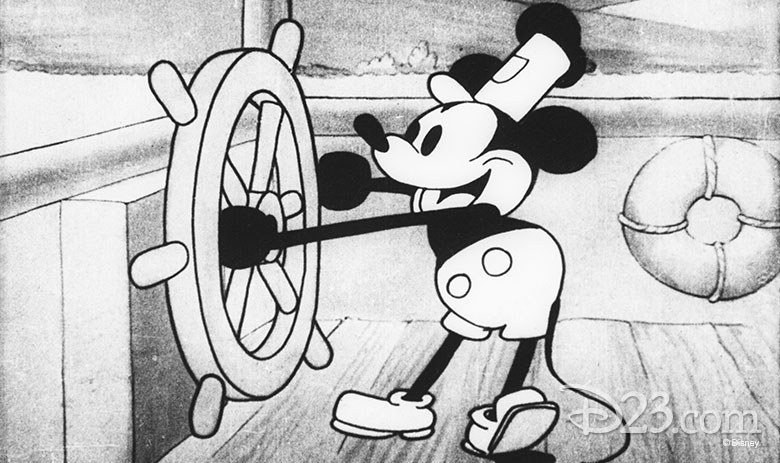

The “Go the Distance” Guy
Walt Disney first approached Les Clark to compliment the lettering he created for a candy store menu. In 1927, Les joined the company—soon thereafter animating Mickey in a scene of Steamboat Willie (1928)—and stayed for 73 years. Among the numerous memories he gave us are the animation of Mickey in The Band Concert (1935) and the fairies in Fantasia (1940). Les believed in constant learning and development, attending art classes throughout his life and eventually directing Disney educational films.
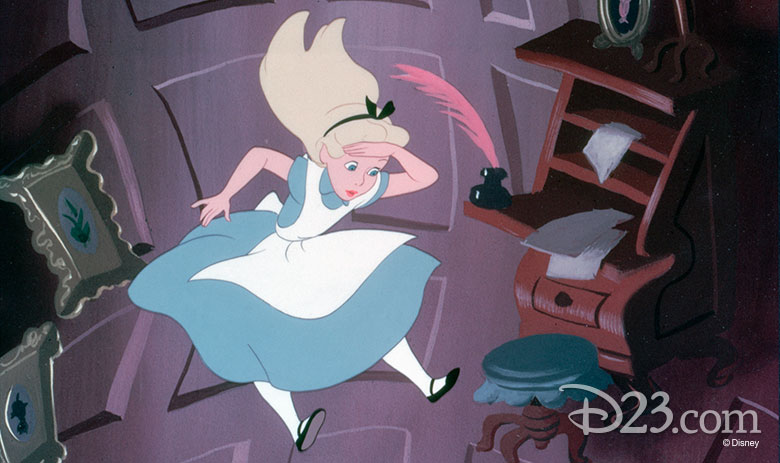

The Renaissance Man
If Marc Davis’ only work was the animation of Cruella De Vil, he’d be legendary, but his talents extended to painting, design, and beyond. He created animation for many of Disney’s leading ladies, including Alice (of Wonderland), Cinderella, and Tinker Bell. His Disney theme park magic includes the Haunted Mansion, Pirates of the Caribbean, and Country Bear Jamboree. Marc’s widow, Alice (also a Disney Legend), designed costumes for attractions, films, and TV.
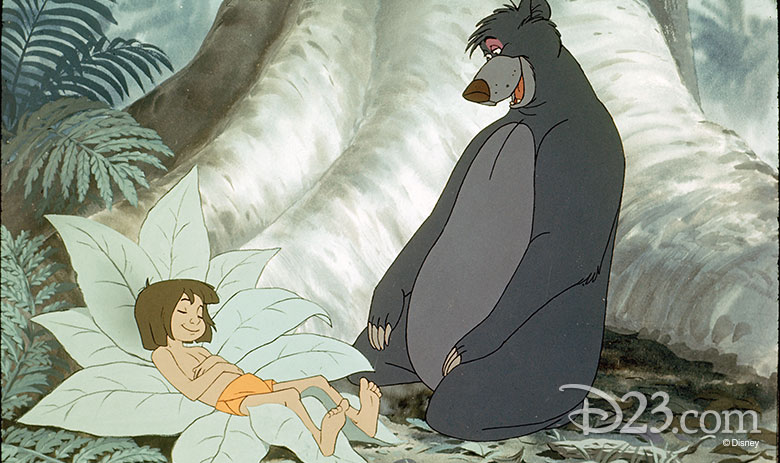
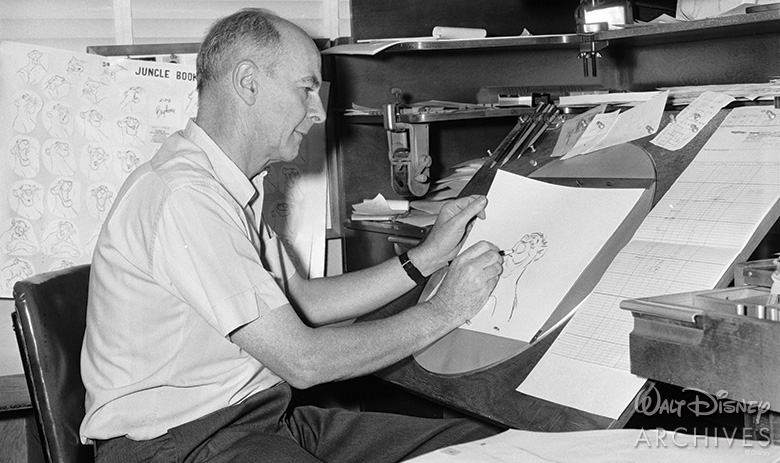
The King of Emotions
Relationships highlight Ollie Johnston’s work, from warmhearted—Pongo and Perdita in One Hundred and One Dalmatians (1961), Baloo and Mowgli in The Jungle Book (1967)—to dysfunctional (Prince John and Sir Hiss in Robin Hood (1973). He bonded with fellow “old man” Frank Thomas and, along with their wives, became lifelong friends. Frank and Ollie make a guest appearance as animated characters in Disney•Pixar’s The Incredibles (2004).
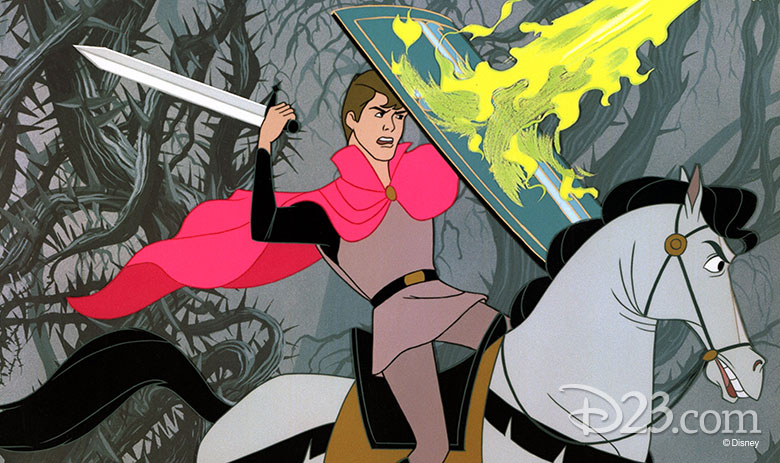
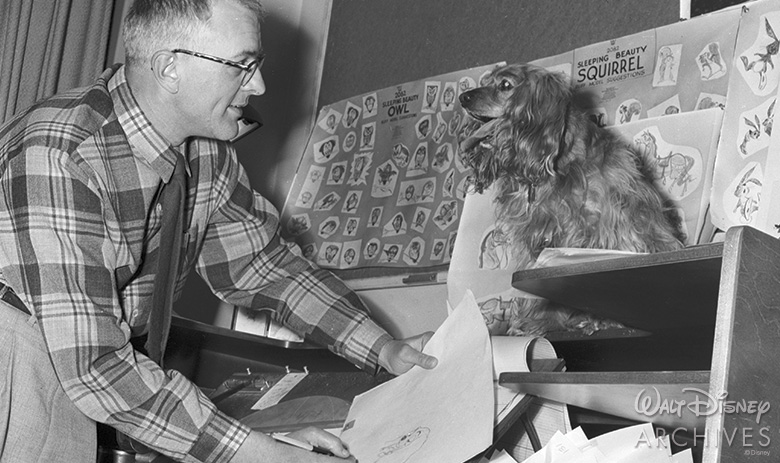
The Master Draftsman
Milt Kahl had an ability to create animation that even struck his fellow “old men” with awe. He tackled characters that others found near impossible to animate: Pinocchio, Peter Pan, Sleeping Beauty’s Prince Phillip, Shere Khan in The Jungle Book (1967), and Madame Medusa in The Rescuers (1977). “It’s just that I don’t stop trying so quickly,” he told author John Canemaker in Walt Disney’s Nine Old Men and The Art of Animation (2001), “I keep at it. I happen to have high standards and I try to meet them.”

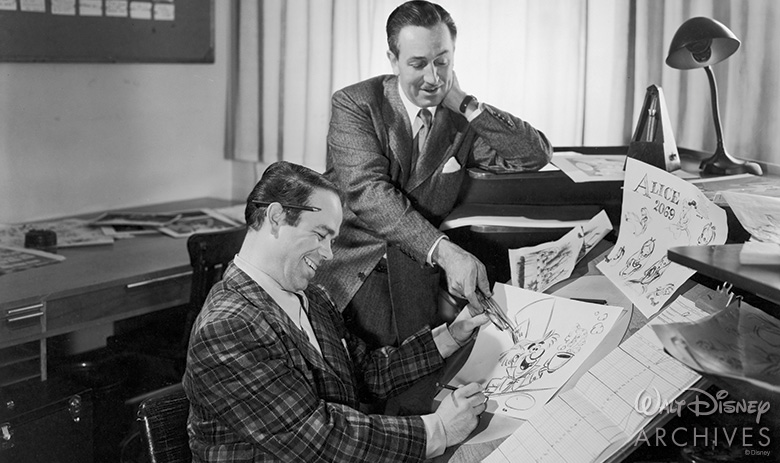
The Mad Genius
Not one to overuse praise, Walt referred to Ward Kimball as a genius. They were especially close because of their love of trains. In addition to the animation of the Mad Hatter and the Cheshire Cat—and the development of Jiminy Cricket—Ward encouraged Walt to embrace new and unusual techniques. He even directed the famous space-themed Disneyland TV episodes that influenced real-life U.S. missions.
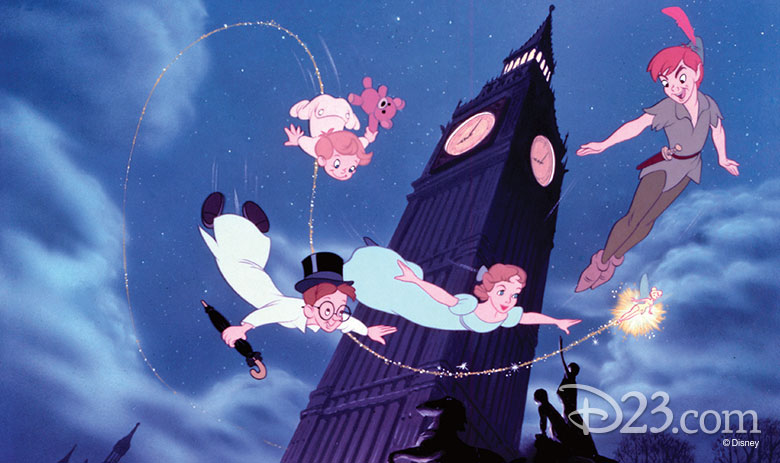
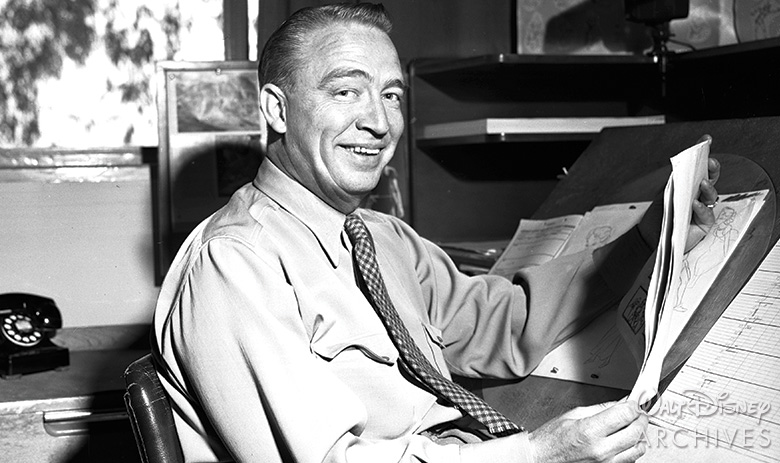
The Beloved Mentor
Eric Larson is dear to the hearts of the animators he mentored in the 1970s—many now legends in their own right, like Tim Burton, Glen Keane, Brad Bird, and Andreas Deja, who wrote in his book The Nine Old Men: Lessons, Techniques, and Inspiration from Disney’s Great Animators (2015): “A talk with Eric always left us with a feeling that this is the greatest art form in the world.” Among Eric’s masterpieces are Lady and the Tramp’s Peg and Peter Pan’s breathtaking flight over London.
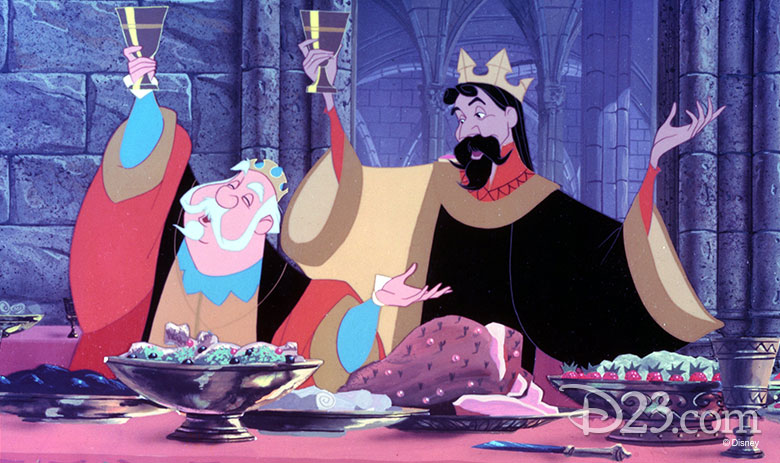
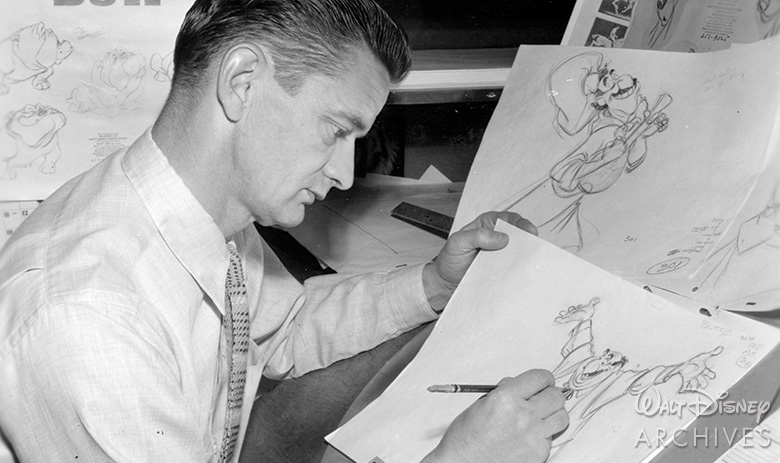
The Bouncy, Trouncy, Flouncy One
John Lounsbery was noted for refining the early techniques of “squash and stretch” movements into compelling character animation. Just mention one of his characters and that quality comes to mind: Tony and Joe in Lady and the Tramp (1955), King Stefan and Hubert in Sleeping Beauty (1959), and the elephants in The Jungle Book (1967). Not surprisingly, he co-directed the bouncy Winnie the Pooh and Tigger Too (1974).


The Mighty Adventurer
Wolfgang “Woolie” Reitherman was the animator most likely to have been an action figure. His exploits as a pilot and outdoorsman carried over into the animation of the dinosaur fight in Fantasia, the dragon battle in Sleeping Beauty, and the whale chase in Pinocchio (1940). Woolie directed every animated feature from The Sword in the Stone (1963) to Robin Hood. His son, Bruce, voiced Christopher Robin in Winnie the Pooh and the Honey Tree (1966) and Mowgli in The Jungle Book.
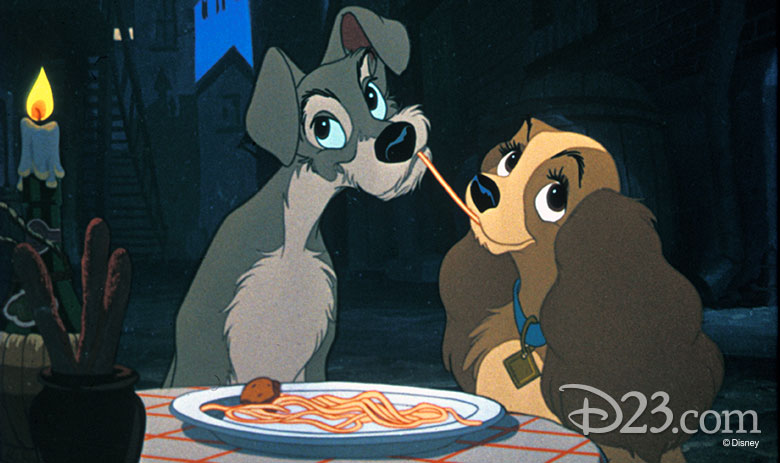

The Steward of Sincerity
Among Frank Thomas’ masterworks are Captain Hook, Lady Tremaine in Cinderella (1950), the Queen of Hearts, and classic moments like the spaghetti-eating scene in Lady and the Tramp, Pinocchio’s puppet dance, and the ice skating in Bambi. Frank and Ollie Johnston collaborated on the acclaimed book, Disney Animation: The Illusion of Life (1981). A film called Frank and Ollie (1995) was written and directed by his son, Ted.
John Canemaker writes that these artists are “charged with a power to make audiences laugh and weep, sometimes (as did Chaplin) in the same scene.”



